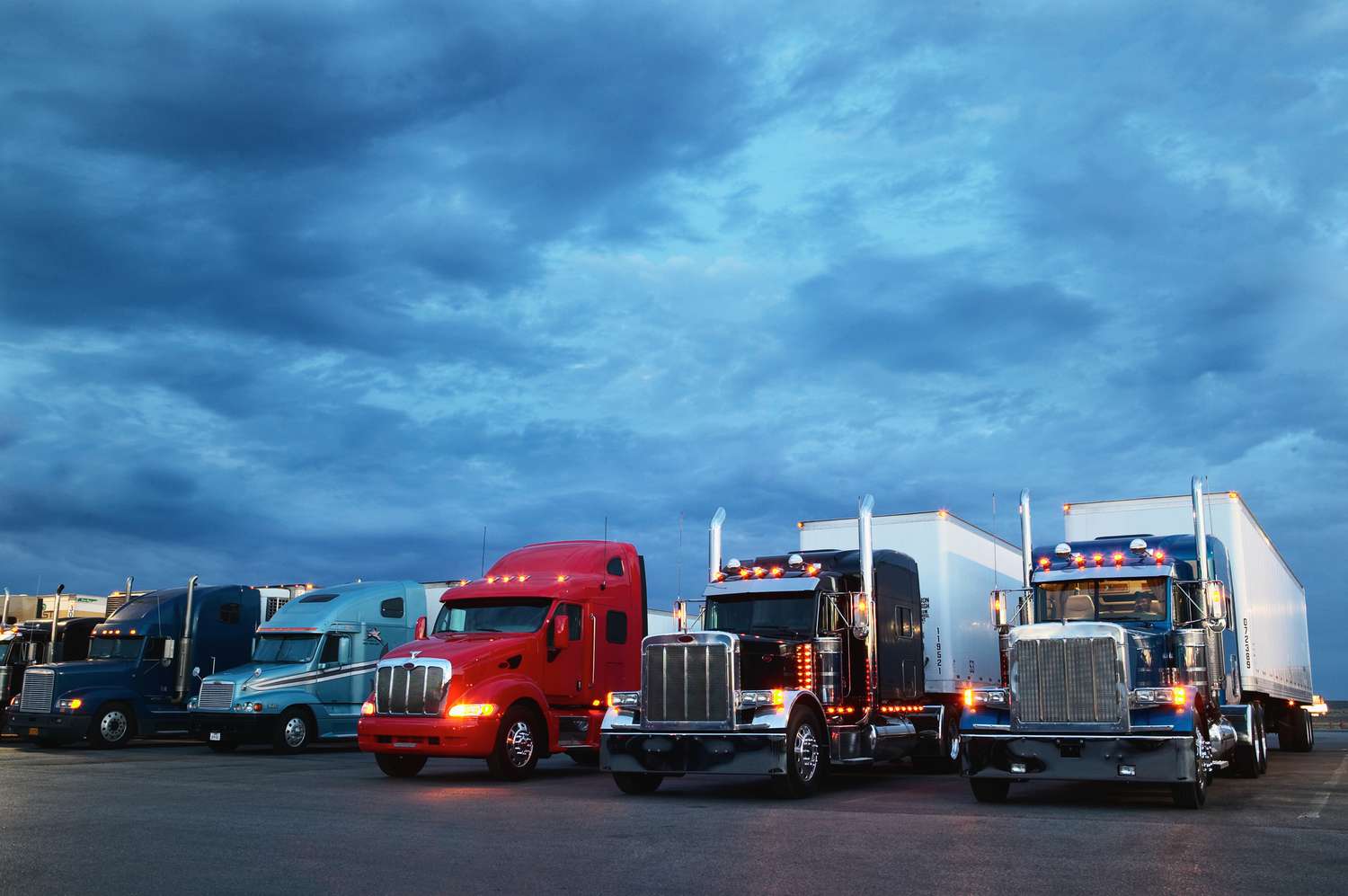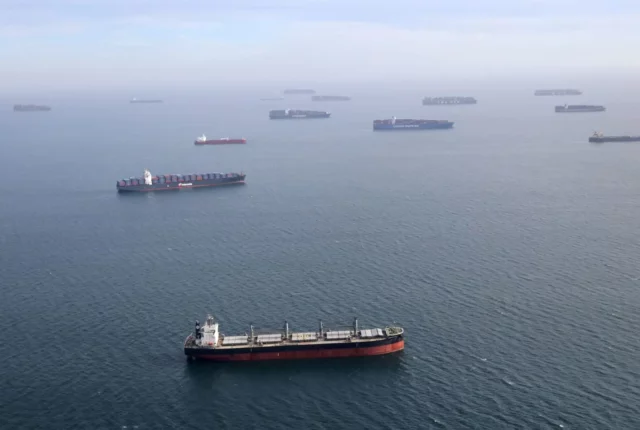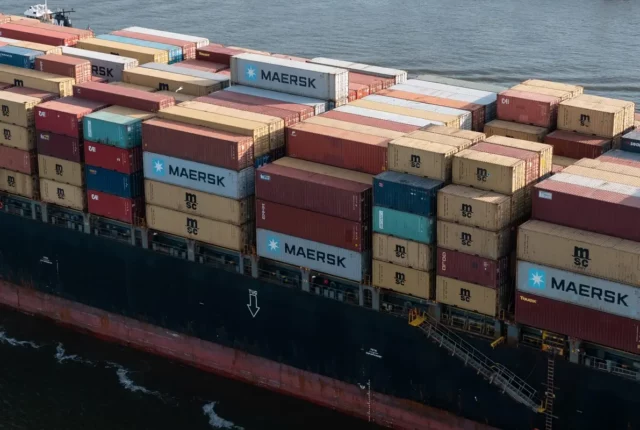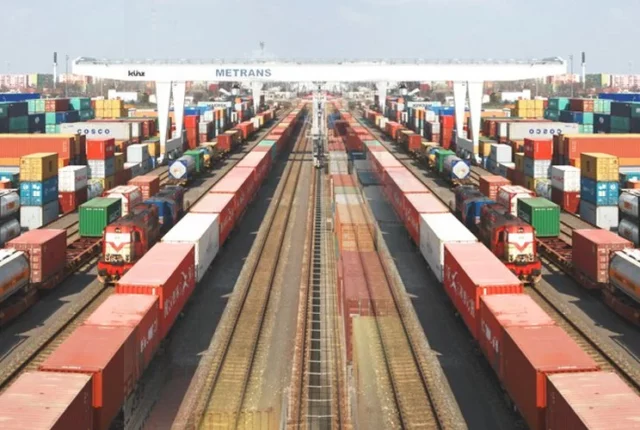
Rail vs. Trucking in the U.S.: Choosing the Right Freight Option
Freight transportation is the backbone of American commerce.
Whether it’s raw materials moving across states or finished products making their way to retailers, the choice of transport mode can significantly affect delivery times, operational costs, and environmental footprint. Two of the most dominant options are rail and trucking, each with distinct advantages and challenges.
Overview of Rail Freight
Rail freight is an efficient, cost-effective way to move large quantities of goods across long distances. Major railroads like Union Pacific and BNSF operate thousands of miles of track nationwide. Rail cars are ideal for hauling bulk commodities like coal, grain, and chemicals, and typically follow fixed schedules and routes.
Overview of Trucking Freight
Trucking freight, on the other hand, offers unparalleled flexibility. With over 3.5 million truck drivers in the U.S., the industry handles more than 70% of domestic freight. Trucks can go nearly anywhere, making them essential for last-mile delivery and time-sensitive shipments. From dry vans to refrigerated trucks, the diversity in options is unmatched.
Cost Comparison: Rail vs. Trucking
When it comes to cost, rail usually wins on long hauls. It’s generally more fuel-efficient, especially for heavy cargo. For example, a train can move one ton of freight over 470 miles on a single gallon of fuel. Trucking, while more expensive per mile, is often better suited for short hauls or multi-stop routes where rail isn’t available.
| Mode | Best For | Cost per Ton-Mile (Approx.) |
| Rail | Bulk, long-haul | $0.16–$0.196 |
| Trucking | Short-haul, perishables | $0.30–$0.40 |
Transit Speed and Delivery Time
Trucks are typically faster when speed is a priority, especially for door-to-door deliveries. While rail might be slower due to scheduled stops and handoffs, it’s more predictable for longer trips that don’t require urgent delivery.
Reliability and Flexibility
Trucking offers real-time rerouting options and flexible scheduling, making it more adaptable during bad weather or road closures. Rail transport is generally more reliable for bulk movements but lacks the adaptability of road transport when issues arise.
Environmental Impact and Sustainability
Rail is considerably greener than trucking. Railroads account for less than 2% of transportation-related greenhouse gas emissions, while trucking contributes nearly 25%. For companies focused on sustainability goals, rail presents a more eco-friendly solution.
Infrastructure and Accessibility
Trucks benefit from an extensive highway network that connects urban and rural areas. Rail infrastructure is limited to certain corridors and often requires intermodal handoffs, which can introduce delays or complexity.
Freight Volume and Capacity
Trains can carry significantly more per trip than trucks, making them ideal for bulk loads. A single freight train can replace hundreds of trucks, reducing road congestion and emissions.
Safety and Risk Management
While rail generally has a lower accident rate, trucking provides better control over theft and damage risks, particularly when goods are high-value or perishable. Both modes are tightly regulated for safety compliance.
Intermodal Transportation Solutions
Combining both rail and trucking (intermodal shipping) offers the best of both worlds. Goods are moved long distances by train, then delivered locally by truck. This hybrid model balances cost, efficiency, and flexibility.
Industry Regulations and Compliance
Rail freight is regulated by the Federal Railroad Administration (FRA), while the Department of Transportation (DOT) and Federal Motor Carrier Safety Administration (FMCSA) oversee trucking. Both require rigorous safety and operational compliance.
Regional Considerations
In urban areas, trucking is essential for quick delivery and maneuverability. Rural regions with agricultural or mining operations often rely on rail for bulk transport. Geography plays a crucial role in the decision-making process.
Ideal Use Cases for Rail Shipping
- Heavy and bulk commodities (coal, iron ore)
- Agricultural products (corn, soybeans)
- Long-distance shipments
Ideal Use Cases for Trucking
- Time-sensitive deliveries
- Perishables requiring refrigeration
- Short-haul or multi-drop routes
Making the Right Freight Decision
To choose between rail and trucking, shippers should consider:
- Distance
- Freight type
- Budget
- Time sensitivity
- Environmental priorities
A proper cost-benefit analysis, possibly with logistics software, helps determine the optimal method.
Conclusion
Choosing between rail and trucking depends on your unique shipping needs. While rail offers sustainability and cost benefits, trucking wins on flexibility and speed. For many shippers, a combined intermodal solution provides the best balance. Understanding these distinctions empowers smarter logistics decisions that align with business goals and customer expectations.
FAQs
Which is cheaper, rail or trucking in the U.S.?
Rail is usually cheaper for long distances and heavy loads, while trucking is cost-effective for short distances.
Is rail freight faster than trucking?
Not usually. Trucks are often quicker for door-to-door delivery, but rail can be more consistent for long-haul freight.
Can rail freight handle perishable goods?
Rarely. Perishable and time-sensitive goods are better suited for refrigerated trucking.






